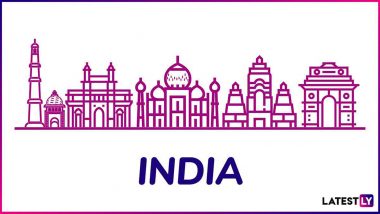New Delhi, Sep 23 (PTI) The Delhi government will install reverse osmosis (RO) plants in areas where the groundwater level is high but it cannot be used due to high salinity, hardness or high total dissolved solids (TDS), officials said here.
The Delhi Jal Board (DJB) supplies around 935 million gallons of water per day (MGD) against a demand of 1,140 MGD, they said.
The Delhi government plans to extract around 200 MGD groundwater from areas with high water tables to meet the demand-supply gap, the officials said.
In the first phase, RO plants of a cumulative capacity of 363 million litres a day will be installed in Okhla (136 MLD), Dwarka (68 MLD), Nilothi-Nangloi (68 MLD), Chilla (45 MLD) and Najafgarh (45 MLD), according to the DJB.
These areas have surplus groundwater but its poor quality makes it unfit for use.
For instance, groundwater in the Najafgarh area is available just at the depth of two-three metres. However, it is high in salinity.
The first phase of the project will be completed within one year. Over 7.25 lakh households will benefit from this, the utility said.
In a typical RO system, a lot of water is wasted during the purification process. However, the Delhi government will use a state-of-the-art technology which will recover 80 per cent of the water fed into the RO system, the officials said.
The locations of the projects are strategically selected so that the existing conveyance system can be used, which will save a lot of money, they said.
To make the project cost-effective, the Delhi government will follow a model of staggered payment where private investors will bear a major share of the expenditure of setting up the RO plant, and the DJB will buy clean drinking water at a fixed rate.
Based on initial studies done by DJB officials, the cost of water, in this case, will be equal to the existing cost of water treatment through conventional means.
The utility has been parallelly working on multiple water augmentation projects which will yield results in the next few years.
The DJB plans to discharge treated effluent of high quality at Palla and lift it at Wazirabad for further treatment. The first-ever project of its kind in India will give additional 95 MGD water by December 2024, the officials said.
The capital will get another 50 MGD from Himachal Pradesh by December 2022.
By October next year, the utility will start drawing 25 MGD from the reservoirs created in the Yamuna floodplains to retain excess water in the monsoon season.
According to estimates, Delhi will have 1,305 MGD of water available to meet the demand of its residents by March 2025.
(This is an unedited and auto-generated story from Syndicated News feed, LatestLY Staff may not have modified or edited the content body)













 Quickly
Quickly

















